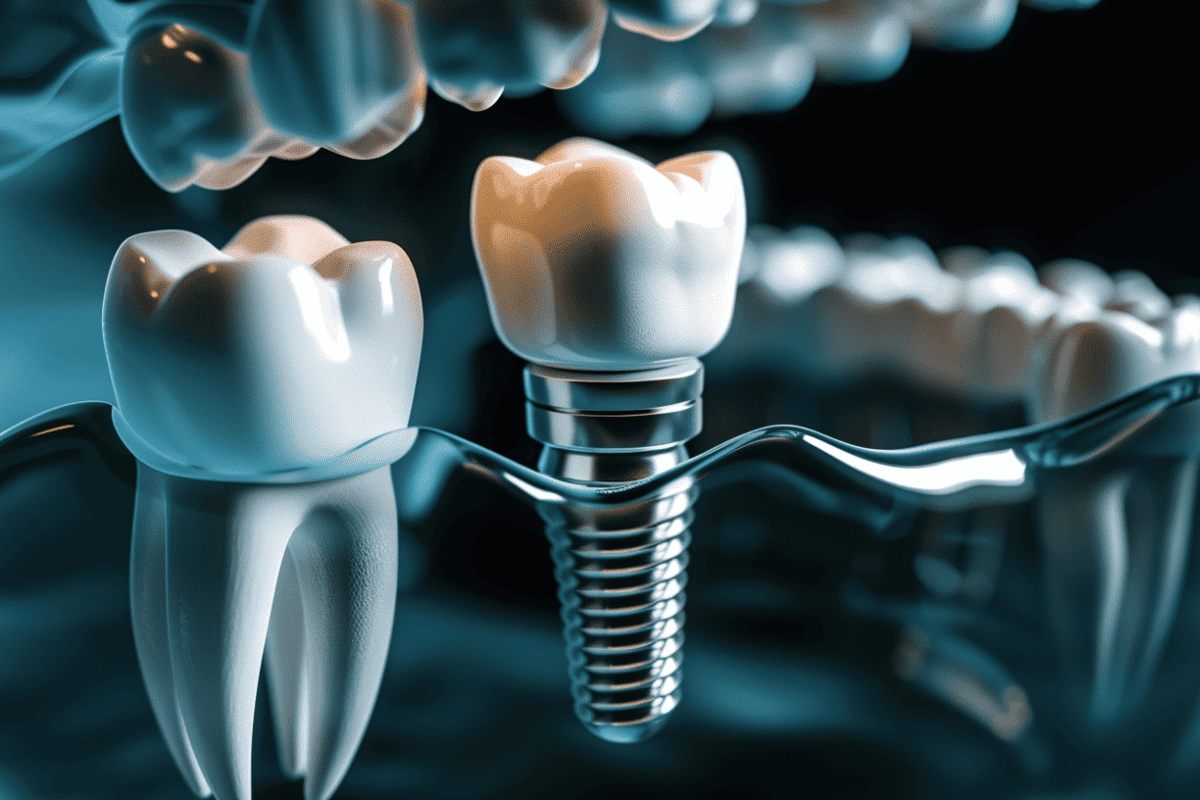A dental technique called tooth polishing is done to avoid dental issues. Additionally, it makes teeth look whiter, stain-free, and shiny. The teeth’s appearance and dental health are both enhanced by this treatment.
One approach to acquiring gleaming, attractive teeth, and a smooth, shiny finish is by polishing your teeth. From single use dental polishers to selective polishing, we will discuss different types of dental polishing procedures in this article.
OBJECTIVES OF TOOTH POLISHING
Earlier, dental prophylaxis included routine tooth polishing. However, it was quickly discovered that overusing this procedure erodes the tooth structure’s outermost layer. Tooth become more susceptible to stains and plaque buildup as the outer structure of the teeth is removed. Additionally, regular usage of this treatment eliminates the fluoride coating that protects teeth.
Nowadays, tooth polishing is not advised as a standard dental practice, and a careful case selection is made before this procedure. Understanding the patient’s needs is very important, and it can only be done by an expert. So get the Best Dentist in Dubai to do your tooth polishing.
TYPES OF TOOTH POLISHING
Therapeutic polishing: During dental surgery, the cementum protecting the root is frequently left exposed. Therapeutic polishing aids in clearing the surface of the cementum of any bacteria and endotoxins.
Coronal/cosmetic polishing: This kind of polishing clears away plaque and surface stains on the teeth. The outer layer of the tooth’s crown, known as the enamel, is buffed to a shiny finish using ultra-fine abrasives. An extremely polished enamel surface can even reflect visible light.
Superficial polishing: Using this method, the tooth’s crown is polished. Although this procedure has limited therapeutic advantages, it is largely used to enhance the teeth’s aesthetic appeal.
Selective polishing- Extrinsic stain removal or selective stain removal are other names for selective polishing. During a scale treatment, this polishing technique is advised since it gets rid of any lingering stains.
POLISHING PASTES FOR TEETH
Prophy pastes, an acronym for prophylaxis, which refers to the curative and curative effects of dental washing and polishing, are used as tooth polishing pastes. When filling the rubber cup that delivers the paste to the tooth surface, dental hygienists can select between pastes with fine, medium, and coarse grit sizes. Surface stains can be removed most effectively with coarse and medium pastes. They can, however, also microscopically etch and abrade the tooth enamel, making it simpler for stains to form later. Fine pastes can often be less successful in removing deeply buried stains, but they are less destructive and produce a finish that is more highly polished.
AIR POLISHING FOR TEETH
Your dentist could alternatively choose to polish your teeth using an air-polishing technique. Many claims that air polishing is just as successful as polishing with a rubber cup and prophy at removing stains since it uses a jet of air, water, and an abrasive substance. On the other hand, air polishing is typically gentler on dental enamel.
This is a sponsored post
Digital Health Buzz!
Digital Health Buzz! aims to be the destination of choice when it comes to what’s happening in the digital health world. We are not about news and views, but informative articles and thoughts to apply in your business.


